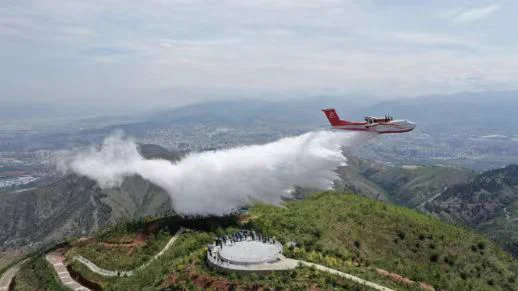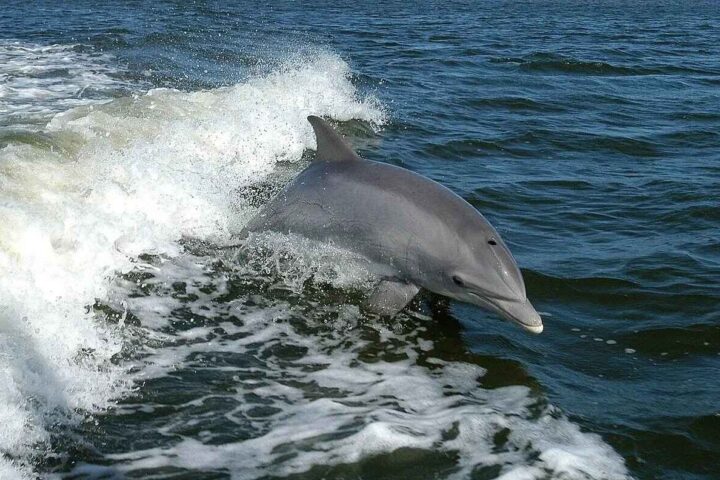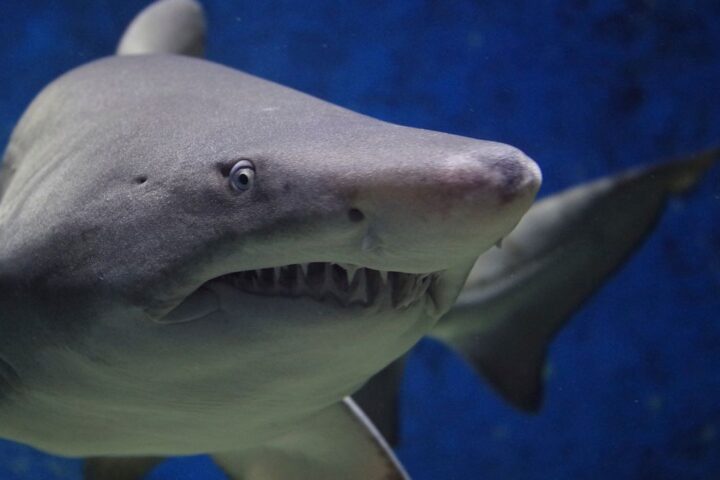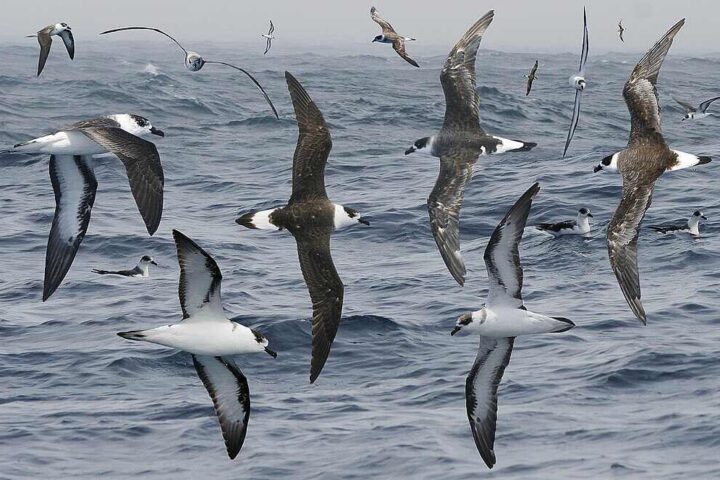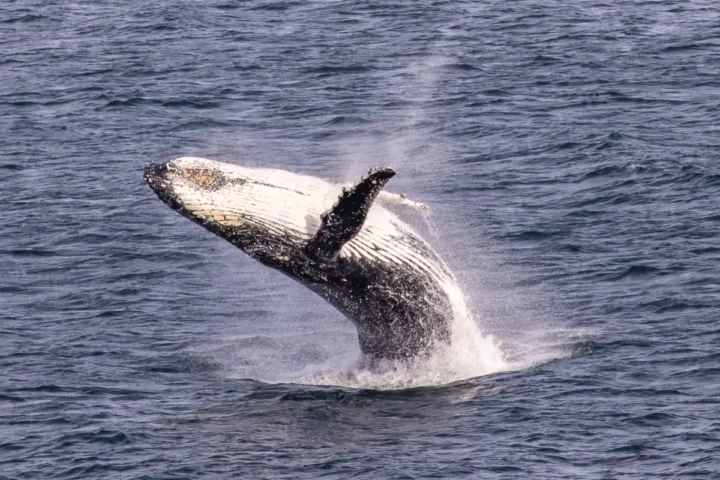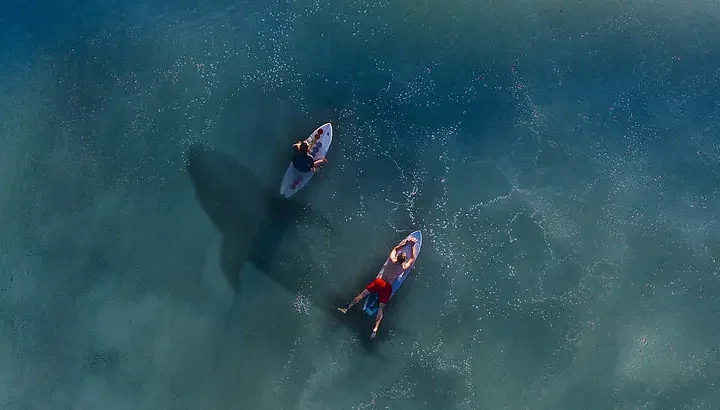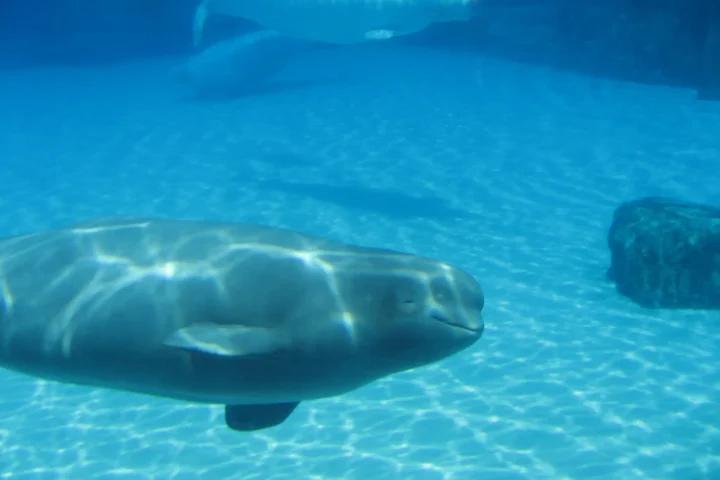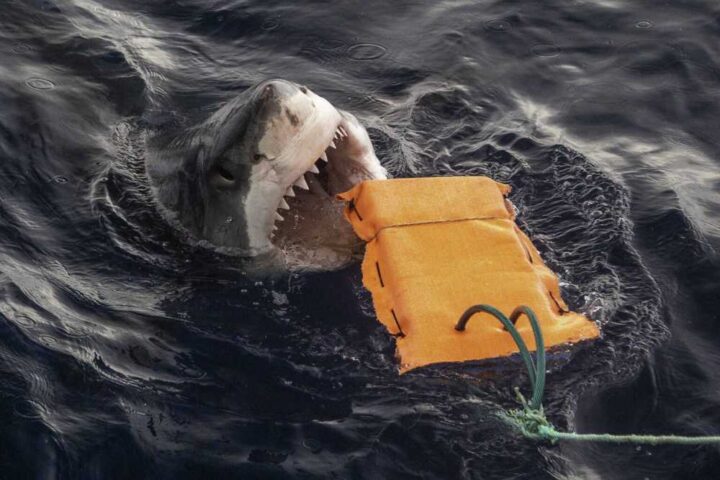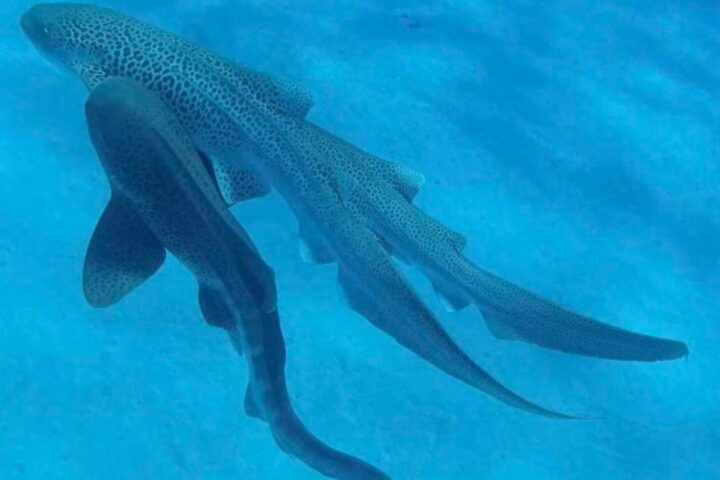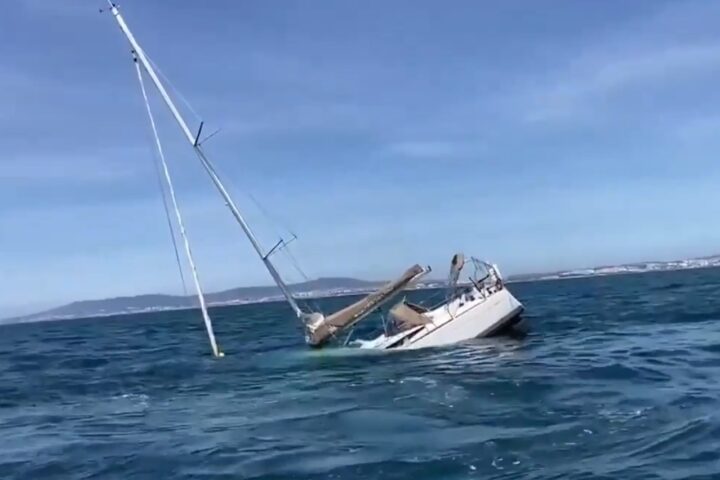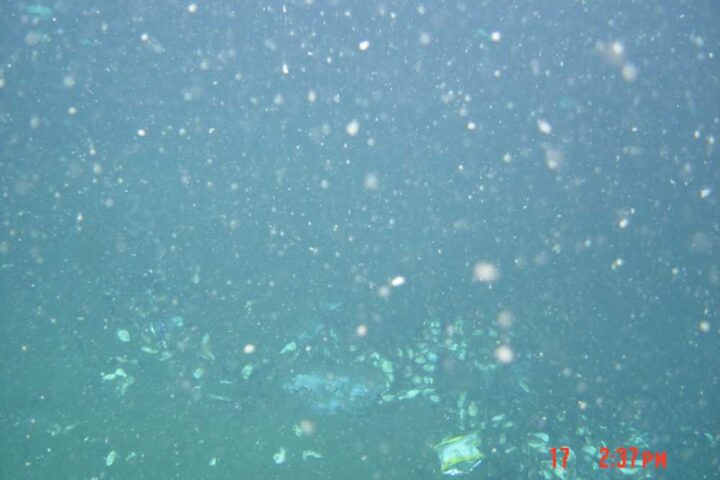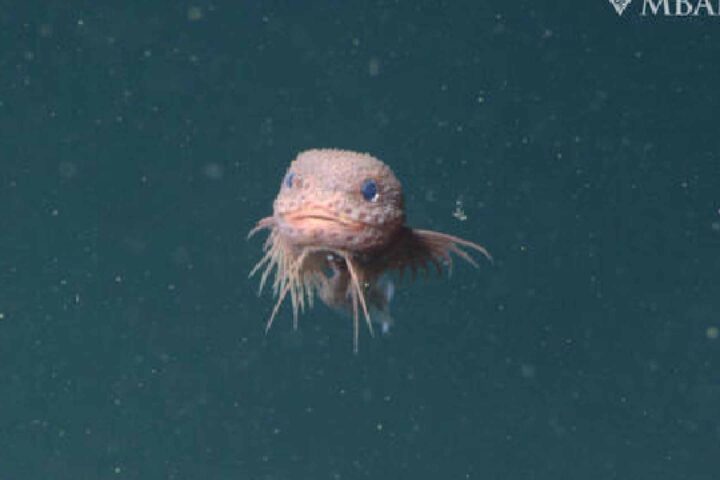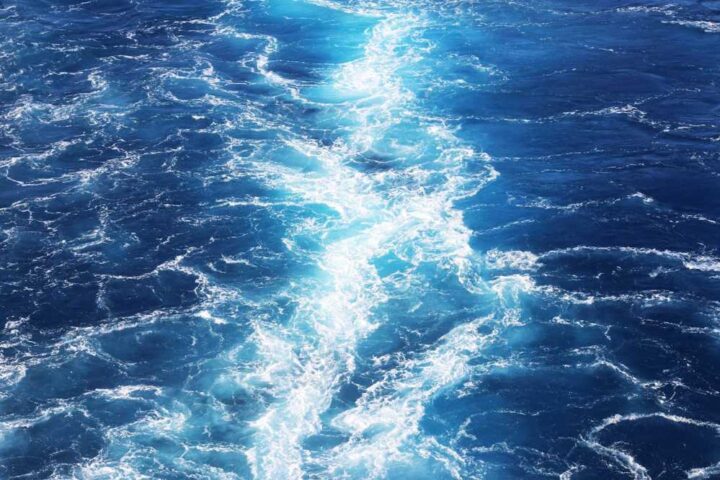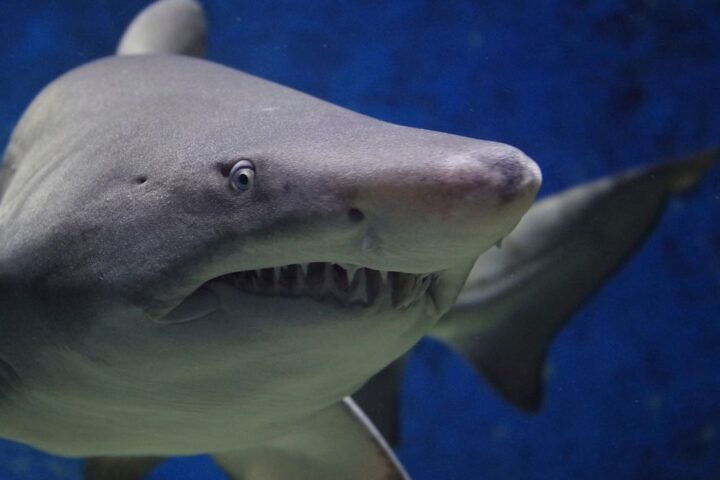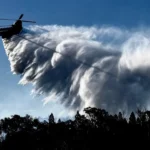Posidonia australis, a seagrass found in Shark Bay, Western Australia, holds the title of the largest single living organism on Earth, spanning nearly 200 square kilometers. This colossal seagrass meadow stretches 112 miles in length and intriguingly, is genetically identical throughout, as revealed by rigorous genetic testing. The astounding age of the giant marine plant is estimated to be around 4,500 years, based on the growth rate of seagrasses and the age of Shark Bay. This age also places it among the oldest living organisms known to us.
Beyond its sheer size and age, Posidonia australis has an enormous ecological significance in Shark Bay. Dominating the marine ecosystem, it offers a critical habitat for numerous marine species, including various fish, shellfish, and crustaceans. The plant’s role extends to stabilizing sediments, protecting shorelines, and absorbing carbon dioxide, significantly contributing to maintaining a healthy marine environment. The meadows of Posidonia australis are special areas of biodiversity, home to many species found only in this location.
Similar Post
The plant’s impressive ability to thrive in extreme conditions is largely due to its reproductive strategy of cloning. Through cloning, it has been able to form vast meadows and adapt to challenging environmental conditions, including severe weather events and temperature fluctuations. Having multiple sets of chromosomes, a condition known as polyploidy, helps this seagrass thrive in tough conditions. The survival strategy also involves providing a significant habitat for various marine species, enhancing the seagrass’s resilience.
Despite its formidable survival capabilities, Posidonia australis faces numerous threats. Threats like climate change, pollution, fishing practices, and coastal development seriously harm the health and size of these seagrass meadows. Such threats also adversely impact the diverse marine species that rely on these meadows for survival. Understanding the importance of Posidonia australis, conservationists have started different actions to protect it.
The 1999 Environment Protection and Biodiversity Conservation Act legally helps to protect and take care of these at-risk seagrass meadows. Conservation efforts extend to minimizing nutrient pollution and other human-related disturbances, as well as restoring damaged seagrass meadows. World Heritage site designation and other protected statuses also offer some degree of safeguard to the seagrass and the marine ecosystem it supports.
The larger community can contribute significantly to conservation efforts for Posidonia australis. Initiatives can range from reducing nutrient pollution, practicing responsible boating, supporting conservation organizations, educating others, to participating in citizen science. Making water cleaner by reducing waste from farming and cities can greatly improve the health of seagrass meadows. Responsible boating practices, such as avoiding anchoring and propeller scarring in seagrass-laden areas, can help protect these critical ecosystems.
By supporting conservation organizations, individuals can help bolster efforts aimed at safeguarding and restoring seagrass meadows. Sharing information about the importance and threats faced by these seagrass meadows can raise awareness and promote conservation efforts. Citizen science projects are useful ways for people to help conservation efforts, like gathering information on seagrass meadows or helping with restoration work. The discovery of the Posidonia australis plant offers insights into our planet’s diversity, while underlining the need for continued and increased conservation efforts to protect these precious ecosystems.


